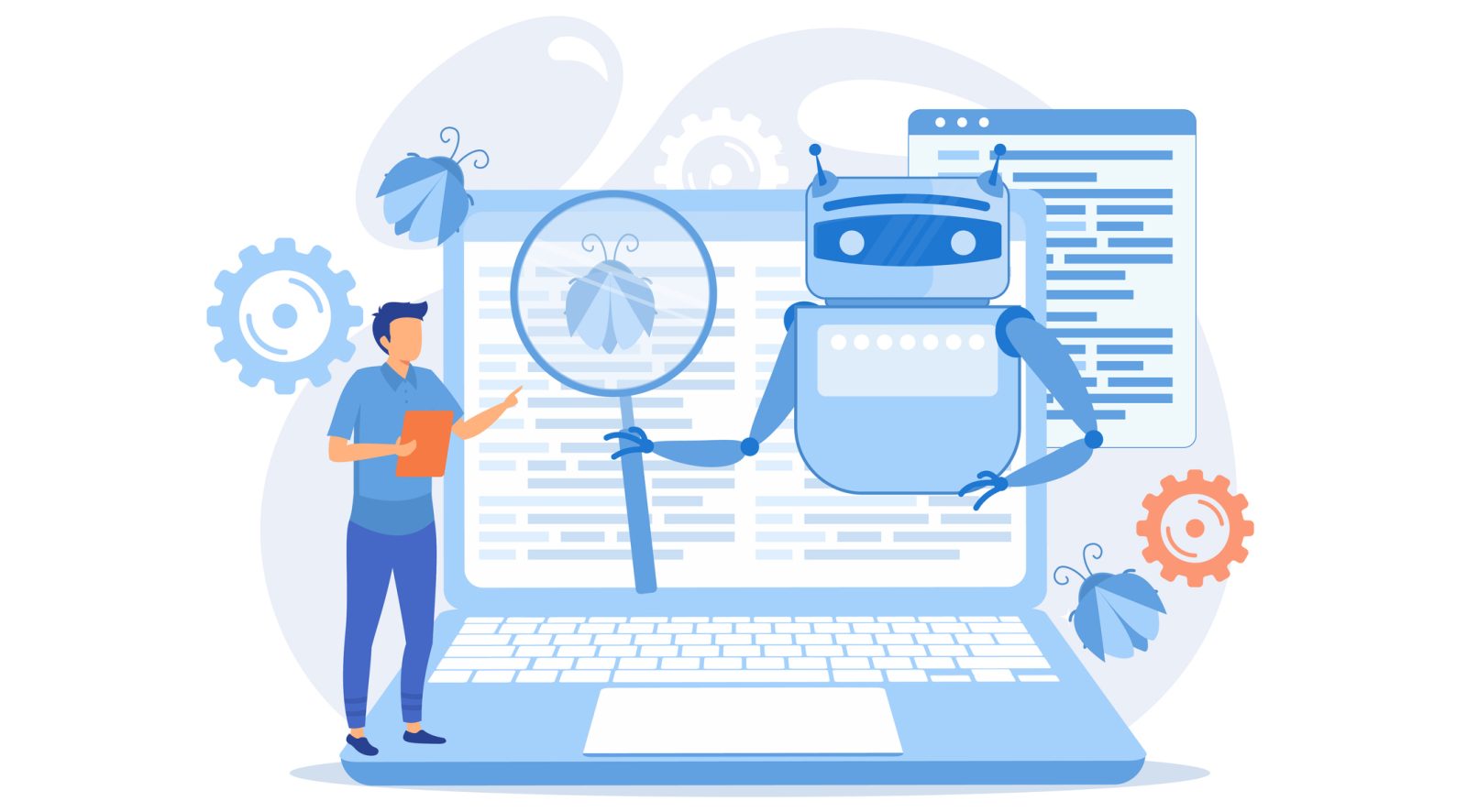Last week, the U.S. Copyright Office announced a new artificial intelligence initiative that will “examine the copyright law and policy issues raised by artificial intelligence (AI), including the scope of copyright in works generated using AI tools and the use of copyrighted materials in AI training.” The initiative, which has its own dedicated site, will include public listening sessions in April and May, as well as future notices of inquiry.
But you won’t have to wait for the listening sessions to learn about at least one part of the initiative. Concomitantly with announcing the overall initiative, the Office released new registration guidance on how to handle registration of works that include material generated by AI-technology. The guidance notes that U.S. copyright law only protects works that are the result of human authorship, tracing some of the history. This includes a reference to the famed monkey selfie case and the not as well-known Urantia case, which involved a rather unique set of allegations relating to purported non-human spiritual being authors. The Office also explains that there are situations when a work can include both human and non-human authorship and, if the human authorship is sufficiently creative, that part of a work is copyrightable. And there also are situations in which a human author could use AI-generated works in a combination that could warrant copyright protection.
The Office’s view on mixed human/non-human authorship vis-à-vis AI-generated works makes sense and aligns with the copyrightability analysis for other types of works. For example, you could not obtain copyright protection for a dinosaur skeleton (something clearly not human-authored) by itself, but you most likely could get protection for a sculpture made entirely of bones. Even in other areas not involving human authorship questions, you could get protection for a work that combines uncopyrightable elements like geometric shapes, while you could not obtain protection for a single uncopyrightable element like a simple, unadorned rectangle.
The guidance provides information on how to apply to register works that include AI-generated material (for example, it instructs applicants to use the Standard instead of Single Application). It also explains how to file an application for Supplementary Registration, which can update existing registrations to correct an omission like failure to disclaim AI-generated portions of a work. In short, for anyone handling copyright registration applications that involve an AI aspect, it’s a must read.
We’ll all have to stay tuned to see how the initiative develops and to see what other guidance the Office might release.


